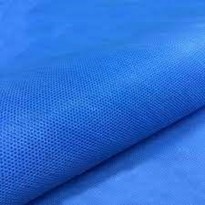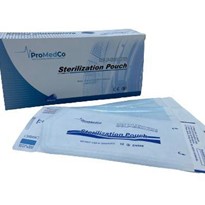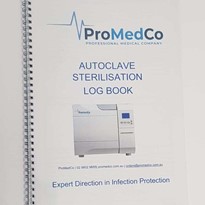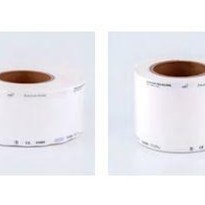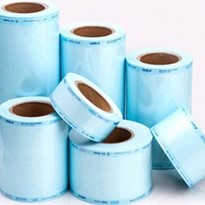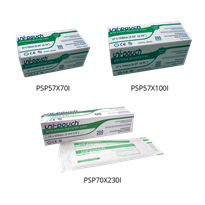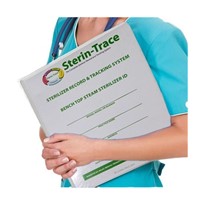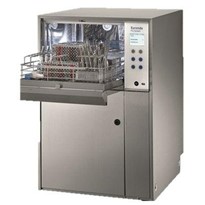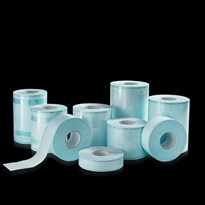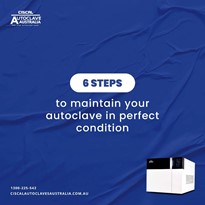Sterilisation techniques we will compare in this article include:
- Wet sterilisation like boiling
- Steam sterilisation that reaches inadequate temperatures
- Sterilisation with chemical agents such as alcohol, hydrogen peroxide or chlorine bleach
So how does an autoclave work to provide better sterilisation than these other techniques?
1. Autoclaving Vs. Wet Sterilisation
Boiling water reaches a temperature of 100 °C. Many microorganisms that are invisible to the human eye such as bacteria, viruses and spores can survive at this temperature.
Although boiling instruments and other items is widely considered to be sufficient, an autoclave reaches temperatures of 121 °C.
This temperature effectively destroys all types of microorganisms.
Over and above this, sterilisation techniques that leave items wet after the process has been completed, are exposed to microorganisms.
Bacteria and spores are specifically attracted to moisture.
An autoclave sterilises items within an enclosed environment and allows sterilised items to remain in this sterilised environment until dry.
Autoclaving is therefore far more successful at providing sterilisation than boiling.
2. Autoclaving Vs. Steam Sterilisation
An autoclave uses steam rather than boiling water to reach higher temperatures. Steam can only be created at temperatures that are higher than 100 °C.
However, not all steam sterilisation processes reach the desired temperature of 121 °C that is considered ideal for eliminating all microorganisms.
The use of pressure to create steam is how an autoclave is able to produce steam at higher temperatures.
Most types of steam sterilisation techniques also result in condensation which leaves sterilised items wet and exposed to microorganisms.
Whether these items are air-dried or manually dried, the items are no longer sterile once the steaming process has been completed.
Items are placed in sterile sleeves or envelopes to ensure that sterilisation by an autoclave is maintained once they leave the sterile environment - further limiting exposure.
However, steam sterilisation is still considered to be superior to boiling but not as effective as sterilisation in an autoclave.
3. Autoclaving Vs. Chemical Sterilisation
Most medical and other industries use chemicals as their primary means of sterilisation, especially when it comes to keeping large areas like surgery rooms and research areas clean and free of contaminants and microorganisms.
However, chemical cleaning agents are far less effective than autoclaving as many types of microorganisms are simply not eliminated by a specific chemical agent.
Common chemical agents that are used for sterilisation include:
- Chlorine bleach
- Hydrogen peroxide
- Sterile alcohol
Chemical sterilisation is also not as effective as boiling or other forms of steam sterilisation.
The sterilisation process often needs to be repeated often in order for constant but limited sterilisation to be provided.
There are some sterilisation techniques that achieve depyrogenation and are therefore considered to be more effective than autoclaving.
These techniques are however costly and not suitable for sterilisation in all industries.
For example, radiation effectively destroys pyrogens but may leave sterilised items irradiated and is therefore not considered a suitable form of sterilisation.
Depyrogeneration is the process of eliminating toxic pyrogens.
Pyrogens are excretions that are expelled by bacteria and can survive high temperatures as well as the pressurised environment of an autoclave.
While these pyrogens can be harmful to humans, they are not as prolific and hazardous as bacteria and other microorganisms that are destroyed in an autoclave.
Items that are sterilised directly after use are exposed to fewer bacteria for a shorter period of time reducing the risk of pyrogens.
Ensuring that instruments, equipment and other items are sterilised regularly can, therefore, ensure that an autoclave achieves as close to 100% sterilisation as possible.
If you are searching for the best autoclave supplier in Australia, then look no further than Medical Equipment Services Australia.


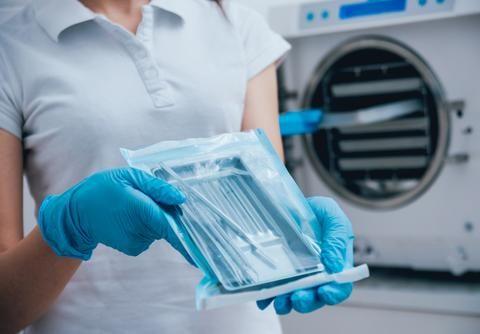











-160x160-state_article-rel-cat.png)



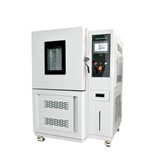

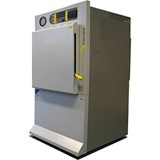
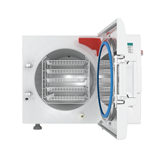
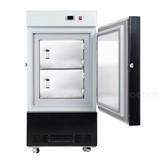
-205x205.jpg)
-205x205.jpg)

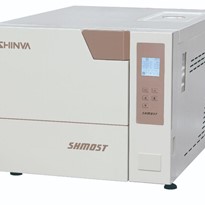

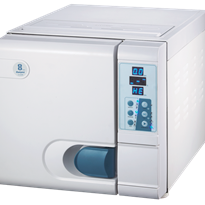
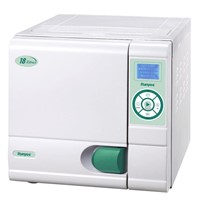
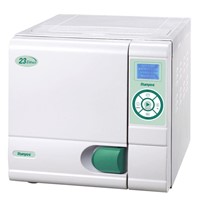
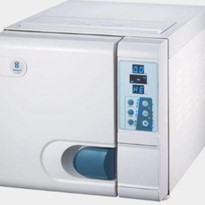
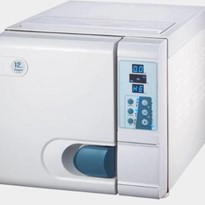
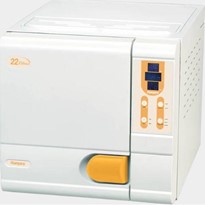
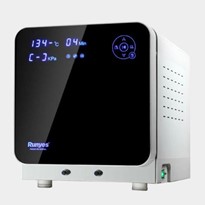
_Image_003571_00-205x205.jpg)
